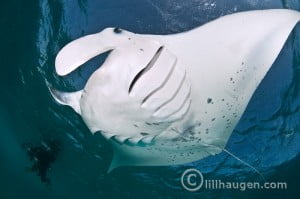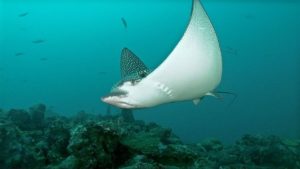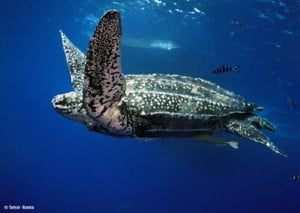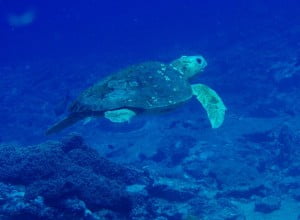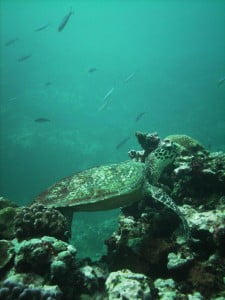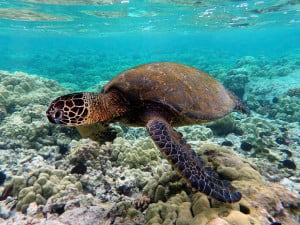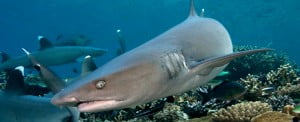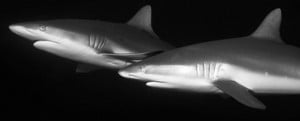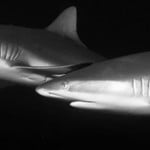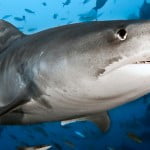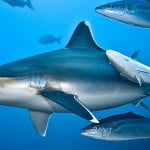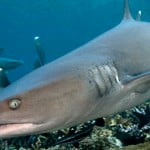The manta rays (we count both Manta alfredi and Manta birostris) are the largest of the rays in the family Myliobatidae. The largest known specimen was more than 7.6 metres (25 ft) across, with a weight of about 1,300 kilograms (2,900 lb). It ranges throughout waters of the world, typically around coral reefs.
They have the largest brain-to-body ratio of the sharks, rays and skates (Elasmobranchii), a brain which is kept warm during lengthy dives to as deep as 500 metres (1,600 ft) in cold water.
They are exceptionally graceful swimmers and appear to fly through the water on their large wings. Individuals have also been observed to jump clear out of the water, possibly in a form of communication or play.
